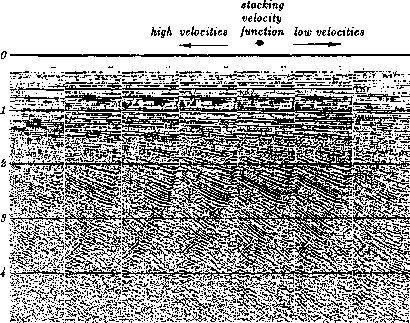Figure 16 Conventional stacks with varying velocity. (distributed by Digicon, Inc.)
and now the process is usually called dip moveout (DMO) although some call it MZO, migration to zero offset. We will first see Sherwood's results, then Rocca's conceptual model of the DMO process, and finally two conceptually distinct, quantitative specifications of the process.
Figure 16 contains a panel from a stacked section.
The panel is shown several times; each time the stacking velocity is different. It should be noted that at the low velocities, the horizontal events dominate, whereas at the high velocities, the steeply dipping events dominate. After the Devilish correction was applied, the data was restacked as before. Figure 17 shows that the stacking velocity no longer depends on the dip.
 |
This means that after Devilish, the velocity may be determined without regard to dip. In other words, events with all dips contribute to the same consistent velocity rather than each dipping event predicting a different velocity. So the Devilish process should provide better velocities for data with conflicting dips. And we can expect a better final stack as well.